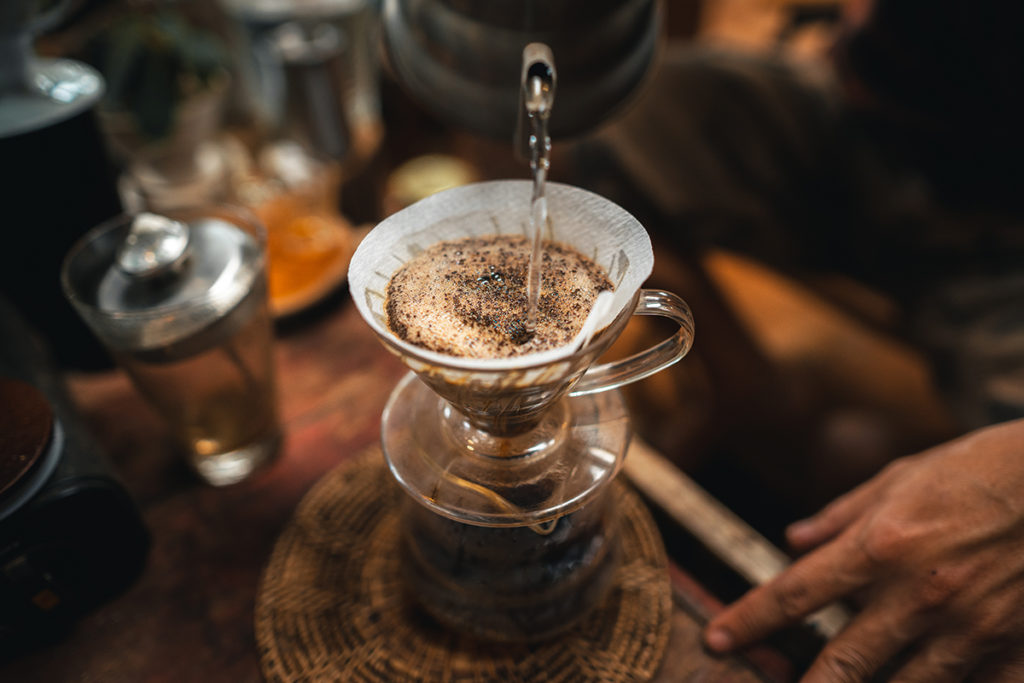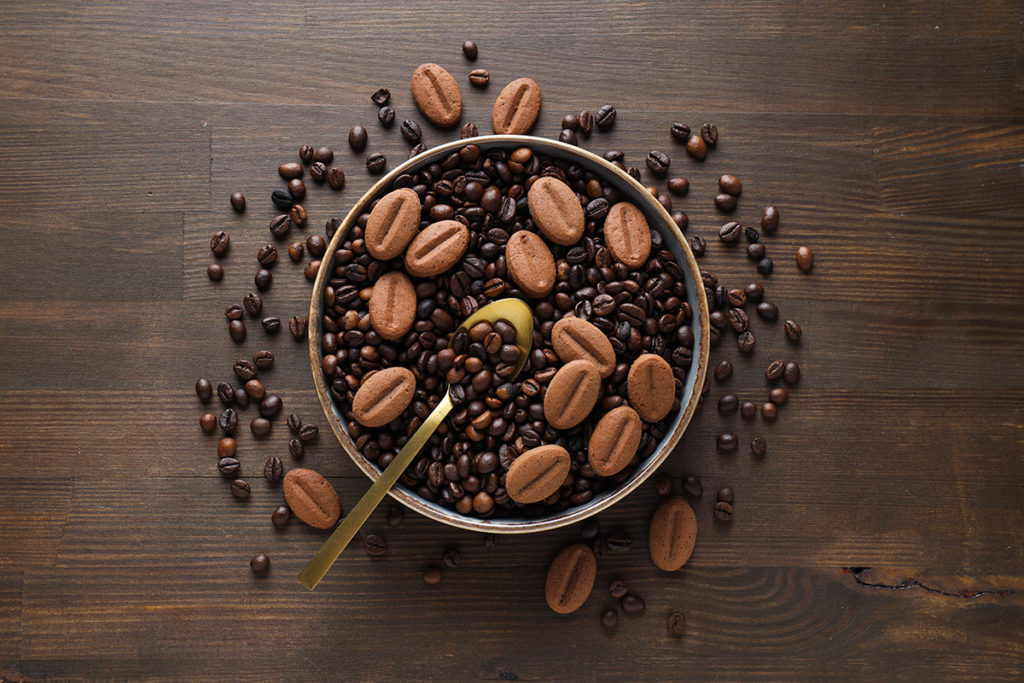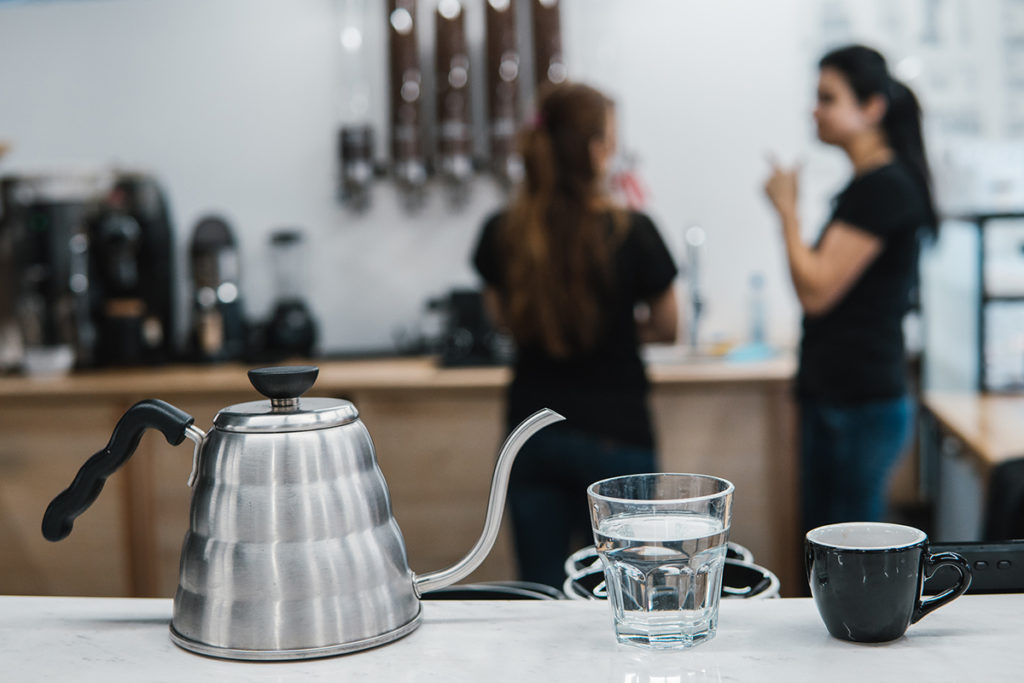Overview of Brewing Methods
Coffee brewing is as much an art as it is a science. The method you choose plays a significant role in determining the flavor, aroma, and texture of your coffee. From immersion techniques that extract bold, full-bodied flavors to drip methods that highlight nuanced notes, each brewing style offers a unique experience.
This guide explores popular brewing methods, including the French press, pour-over, Chemex, espresso, Aeropress, cold brew, and even cowboy coffee. Understanding the characteristics of each method can help you find the one that aligns with your taste preferences and lifestyle. Whether you’re a seasoned coffee enthusiast or a beginner looking to experiment, mastering these techniques will bring you closer to brewing the perfect cup every time.
French Press: Bold and Full-Bodied
The French press, also known as a press pot, is a classic immersion brewing method. It involves steeping coarsely ground coffee in hot water before pressing the grounds down with a metal plunger. This method produces a full-bodied, robust cup with rich oils and sediments that enhance the flavor.
To brew with a French press:
- Add coarsely ground coffee to the carafe (about 1:15 coffee-to-water ratio).
- Pour hot water (195°F to 205°F) over the grounds and stir.
- Let it steep for 4 minutes.
- Press the plunger down slowly and serve.
The French press is ideal for those who enjoy strong, intense flavors and don’t mind a bit of sediment in their cup. Cleaning the press thoroughly after each use ensures consistent flavor with every brew.
Pour-Over: Precision and Clarity
Pour-over brewing is a manual drip method that offers precise control over the extraction process, resulting in a clean and nuanced cup of coffee. Tools like the Hario V60 or Kalita Wave are popular among pour-over enthusiasts.
To brew with a pour-over:
- Place a filter in the dripper and rinse it with hot water to remove paper residue.
- Add medium-fine coffee grounds (about 1:16 coffee-to-water ratio).
- Pour hot water (195°F to 205°F) in a slow, circular motion, starting with a bloom pour (30 seconds) to allow gases to escape.
- Continue pouring in intervals until you’ve added the desired amount of water.
Pour-over brewing highlights the intricate flavors of single-origin coffees, making it a favorite for coffee aficionados. The technique requires practice and patience but rewards you with unparalleled clarity and complexity in your cup.
Chemex: Elegance and Smoothness
The Chemex is a visually striking pour-over device that uses thick paper filters to produce a smooth, clean cup of coffee with reduced bitterness and oils. Its design and functionality make it both a brewing tool and a centerpiece for coffee lovers.
To brew with a Chemex:
- Place a Chemex filter in the device and rinse with hot water.
- Add medium-coarse coffee grounds (1:16 ratio).
- Pour hot water in a circular motion, starting with a bloom pour (30 seconds).
- Gradually add the remaining water, keeping the flow steady and consistent.
The Chemex is ideal for those who appreciate a bright, balanced cup with minimal sediment. Its elegant design and simple process make it perfect for sharing coffee moments with friends and family.
Espresso: Concentrated and Versatile
Espresso is a concentrated coffee brewed by forcing hot water through finely ground coffee under pressure. It serves as the base for many popular drinks like lattes, cappuccinos, and macchiatos. Brewing espresso requires specialized equipment, such as an espresso machine or a stovetop moka pot.
To brew espresso with a machine:
- Grind coffee beans to a fine consistency.
- Tamp the grounds evenly into the portafilter.
- Lock the portafilter into the machine and start the extraction process.
- A perfect shot of espresso should take about 25-30 seconds to brew.
Espresso brewing demands precision and practice, but the result is a rich, velvety shot with a layer of crema on top. For those without an espresso machine, a moka pot offers a similar experience, delivering strong, flavorful coffee without the complexity of high-pressure brewing.
Aeropress: Versatile and Portable
The Aeropress is a compact, versatile brewing device that combines immersion and pressure. It’s known for its quick brewing time and ability to produce a clean, smooth cup. Its portability makes it a favorite among travelers and coffee enthusiasts.
To brew with an Aeropress:
- Add medium-fine coffee grounds to the chamber (1:15 ratio).
- Pour hot water and stir for about 10 seconds.
- Insert the plunger and press gently for 20-30 seconds.
The Aeropress allows for experimentation with grind sizes, brew times, and water ratios, making it a versatile tool for exploring different flavor profiles. Its easy cleanup and durability add to its appeal.
Cold Brew: Smooth and Refreshing
Cold brew is a slow steeping method that uses cold water and coarsely ground coffee to create a smooth, low-acidity beverage. It’s perfect for hot weather or those who prefer a milder coffee experience.
To brew cold brew:
- Combine coarse coffee grounds with cold water (1:8 ratio).
- Let it steep in the refrigerator for 12-24 hours.
- Strain the mixture through a fine mesh or filter.
Cold brew is versatile and can be enjoyed black, over ice, or with milk and sweeteners. Its concentrated form can also be diluted to taste, making it a flexible option for coffee drinkers.
How to Choose Your Method
Selecting the right brewing method depends on your taste preferences, lifestyle, and available equipment. If you enjoy bold, full-bodied coffee, the French press or Aeropress might be your go-to. For a cleaner, more nuanced cup, try pour-over or Chemex. Espresso lovers can explore the precision of an espresso machine or the simplicity of a moka pot, while cold brew offers a refreshing alternative for hot days.
Experimentation is key to discovering your favorite method. Consider the time, effort, and skill level required for each technique, and don’t hesitate to try multiple methods to expand your coffee horizons. With practice and curiosity, you’ll find the brewing style that brings out the best in your beans.
Conclusion
Brewing coffee is a deeply personal journey, with each method offering unique flavors and experiences. From the robust richness of the French press to the delicate clarity of pour-over, there’s a method for every palate. By understanding the strengths and nuances of each brewing style, you can elevate your coffee game and enjoy a perfect cup tailored to your preferences.
Take the time to experiment with different techniques and equipment, and don’t be afraid to make adjustments along the way. The joy of brewing lies in the exploration, and each attempt brings you closer to mastering the art of coffee. So grab your favorite beans, pick a method, and start brewing. Your perfect cup awaits!



